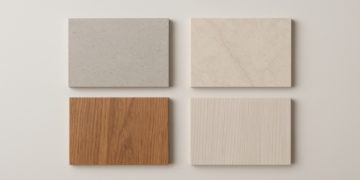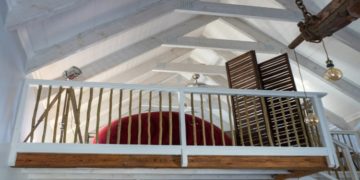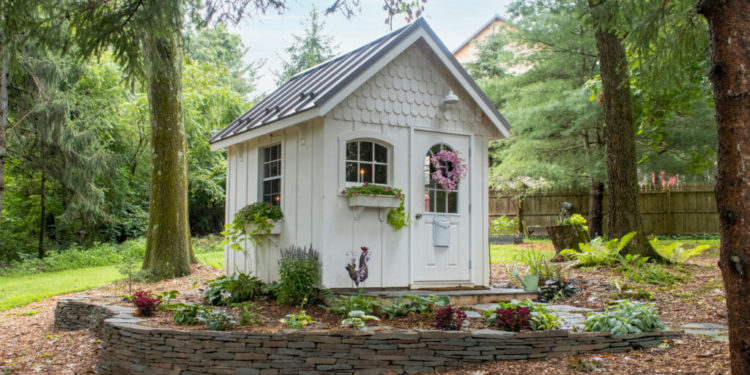Once relegated to the corner of the backyard as a humble storage space for lawnmowers, shovels, and half-used paint cans, the garden shed is undergoing a quiet revolution. Homeowners are seeing these structures not just as utility zones, but as untapped square footage bursting with potential. Amid rising interest in wellness, remote work, and personalized outdoor living spaces, the modern garden shed is becoming a canvas for creativity and self-expression. Whether you want a space to escape, focus, or recharge, turning your shed into a retreat offers a unique blend of practicality and charm that enhances your lifestyle and your landscape.
The Vision: Defining Your Shed’s New Purpose
Before you grab a paintbrush or rearrange the potting bench, it’s essential to decide what your transformed shed should become. Your vision sets the tone for all future design choices. Will your sanctuary serve as a meditation room, a home office, a guest suite, or an art studio? Maybe it’s a combination—a flexible space that adapts to your changing needs. Think about how you’ll use it during different seasons and times of day.
Tying this new purpose into your existing garden layout ensures the shed feels like an organic part of the environment rather than an afterthought. If you’re creating a quiet reading room, consider its orientation toward sunlight. If it’s a hobby space, think about the proximity to water, power, and storage.
Redefining the idea of the garden shed allows you to break away from the mindset of mere storage. Instead, you begin to see it as a potential escape, a thoughtfully designed space that adds emotional and aesthetic value to your home.
Structural Assessment: Start with a Solid Foundation
No matter how beautiful your plans are, they’ll only succeed if the foundation is sound. Begin by inspecting the current structure. Look for signs of rot, termite damage, leaks, or warped wood. Even small imperfections can compromise the longevity of your shed once it’s in use more frequently.
If your shed sits on bare ground or an uneven base, consider laying a proper foundation or slab. Replace any damaged flooring and reinforce walls where needed. You’ll also want to upgrade doors and windows—not only to improve insulation and comfort but also to enhance visual appeal and natural light.
Investing in weatherproofing and sealing gaps will keep the interior cozy and dry. Remember, you’re not just building a space; you’re crafting an experience. That starts with making sure the bones of your retreat are built to last.
Designing the Interior: Style Meets Serenity
This is where the magic happens. The interior of your reimagined shed should reflect the mood you want to evoke—whether that’s peace, playfulness, or productivity. Choose a visual style that speaks to you. A rustic retreat might feature distressed wood, soft throws, and antique furniture. A more modern setup could include sleek lines, neutral tones, and built-in storage.
Maximize space with fold-down desks, wall-mounted shelving, or daybeds with hidden compartments. Comfort is key. Plush cushions, layered rugs, and soft curtains make even a compact space feel indulgent.
Don’t forget lighting. String lights, pendant lamps, and floor lights can be used in tandem to create ambiance and functionality. Integrating smart lighting or dimmable options gives you flexibility throughout the day. Thoughtful design transforms the shed from a former workspace for tools into a living space for your soul.
Let There Be Light: Creating an Airy, Open Feel
Natural light has the power to elevate a small space dramatically. Sheds often lack sufficient windows, but this is easily remedied. Adding a skylight or installing French doors can flood the interior with sunlight and open the space visually.
If major structural changes aren’t feasible, paint the interior in light colors like off-white, pale sage, or buttery yellow to reflect light and expand the room visually. Consider mirrors and glass decor to bounce light around, making the space feel larger and more open.
Warm, ambient lighting for evenings can soften the edges and provide a cozy atmosphere. Table lamps with warm-toned bulbs or LED string lights help maintain that relaxing vibe when the sun goes down.
Bringing the Outdoors In: Nature-Inspired Elements
Blending the boundaries between indoor and outdoor living is what gives a shed retreat its character. Use plants—both potted and hanging—to breathe life into your interior. Ferns, succulents, or even a small herb garden on the windowsill invite a sense of freshness and connection to nature.
Choose materials that speak to the natural world. Rattan chairs, bamboo blinds, reclaimed wood panels, and linen upholstery are beautiful ways to echo the garden just outside your door. These materials not only provide textural interest but also support sustainability.
Conclusion
Reimagining your garden shed is more than just a weekend project—it’s a transformation of both space and perspective. What once served as a catchall for forgotten tools can evolve into a space that fuels your creativity, enhances your well-being, and connects you more deeply with the outdoors. With thoughtful planning and a touch of imagination, a structure born out of utility can become a treasured part of your lifestyle. So take a second look at that weathered shed in your backyard. Inside its walls may lie your next great escape.











































































